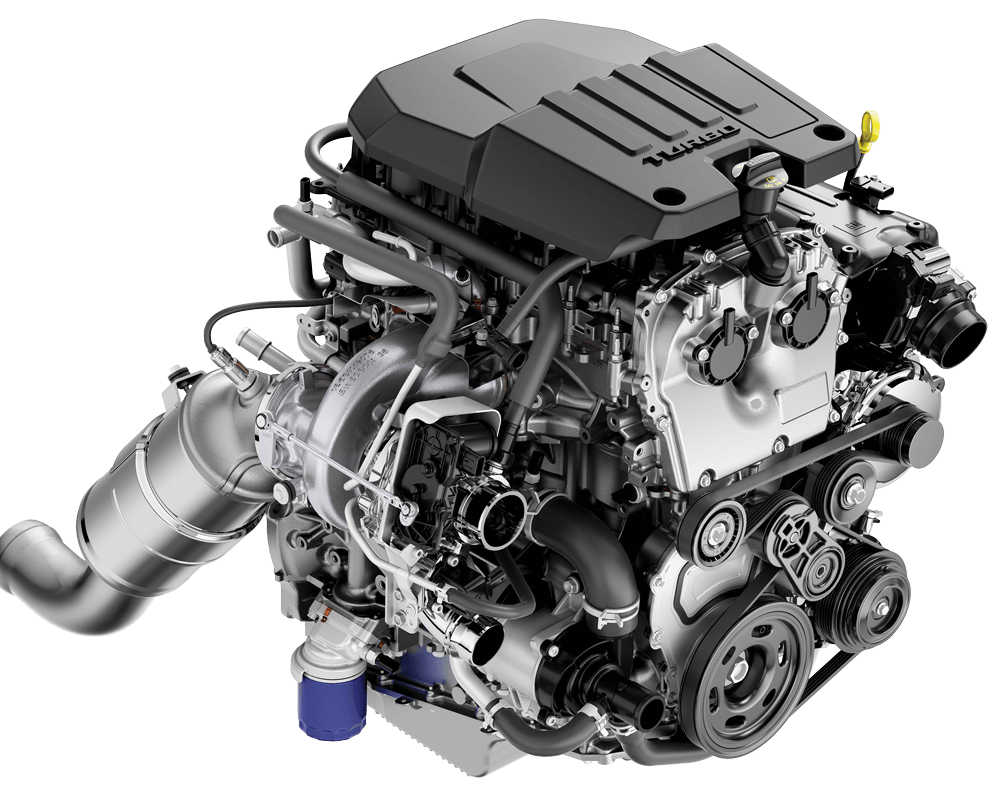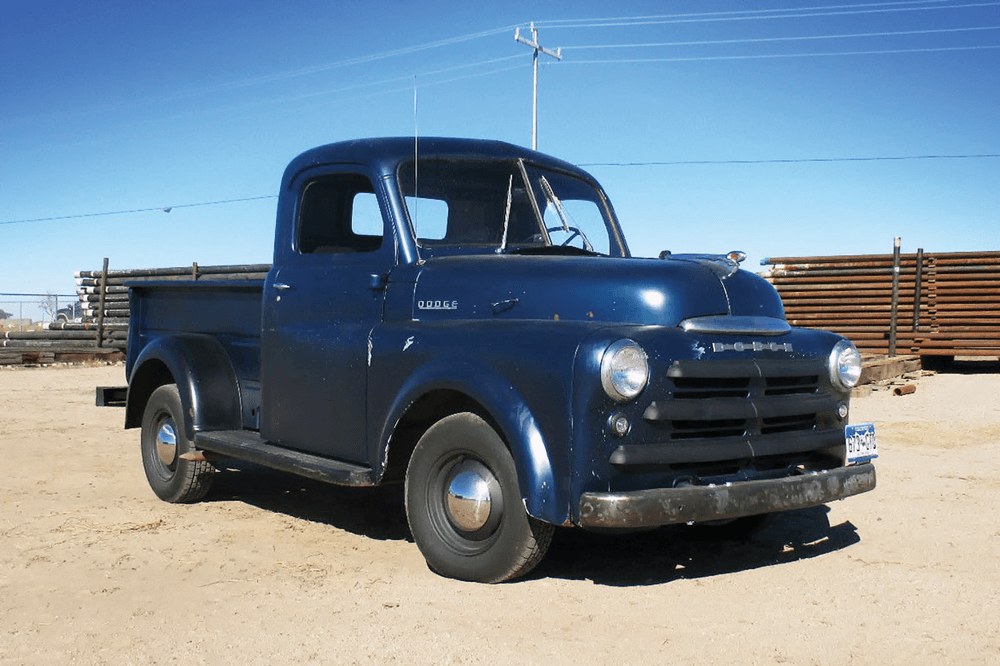 Mike Self
.
February 11, 2019
.
Department
Mike Self
.
February 11, 2019
.
Department

The all-new 2019 Chevrolet Silverado 1500 with the technologically advanced 2.7L Turbo offers full-size truck customers a capable and efficient choice with an EPA-estimated fuel economy of 20 mpg city/23 mpg highway in rear-wheel-drive models.
To achieve both better performance and overall efficiency, engineers made smart choices with engine technologies, advanced manufacturing and the use of mixed materials. The base curb weight of the 2019 Chevrolet Silverado with the 2.7L Turbo is 380 pounds less than the current Silverado with the 4.3L V-6, despite having more interior room and cargo space.
Standard on LT and RST trims, the 2.7L engine offers 14 percent more torque and 13 percent better city fuel economy and it is more than a full second quicker 0-60 mph than the 4.3L V-6 it replaces. The Silverado city fuel economy also exceeds the standard 3.3L V-6 engine offering in the Ford F-150 XLT (EPA-estimated 19 mpg city) and matches that of the Ram 1500 3.6L V-6 mild hybrid (EPA-estimated 20 mpg city).
The new 2.7L turbo engine delivers an SAE-certified 310 horsepower and 348 ft-lbs of torque, exceeding Ford’s 3.3L V-6 and Ram’s 3.6L V-6 mild hybrid by 31 percent and 29 percent respectively. The Silverado 2.7L Turbo reaches its peak torque more quickly than Ford or Ram engines in the segment and delivers it from 1,500 to 4,000 rpm., allowing the Silverado to accelerate from 0-60 mph in 6.8 seconds. Its max towing capacity is 7,200 pounds and there is a 2,280-pound max payload for regular cab fleet models.
Developed from the outset as a truck engine, the new 2.7L Turbo integrates many different innovative technologies to support engine performance and efficiency, including:

An innovative double overhead cam valvetrain that enables high- and low-lift valve profiles, continuously variable valve timing and Active Fuel Management (cylinder deactivation).
A dual-volute turbocharger housing for improved throttle response, low-speed torque and virtually no turbo lag.
Chevrolet’s first application of Active Thermal Management, which uses targeted engine heating and cooling across the entire powertrain system to create optimal conditions for optimal fuel economy and recover otherwise wasted exhaust heat for faster engine and transmission warmup.
Stop/start technology that automatically stops the engine in stop-and-go traffic for fuel efficiency.
The engine was subjected to months of nonstop testing to simulate a lifetime of maximum hot and cold cycles. This is in addition to more than 475,000 validation tests and 1 million miles of real-world testing.

It’s almost here. As the 2019 Built Ford Tough Ranger nears production, Ford announces its all-new midsize pickup for North America will deliver best-in-class payload, gas torque and towing capability.
“Think of Ranger as the biggest and most capable backpack for your gear,” says Rick Bolt, Ford Ranger chief engineer. “With 1,860 pounds of maximum payload, Ranger can haul nearly a ton of gear to enable your next adventure.”
The 2019 Ford Ranger’s standard 2.3-liter EcoBoost produces 270 hp and, more importantly, 310 ft-lbs of torque—the most engine-turning power of any gas engine in the midsize pickup segment, including V6 engines from competitors.
Paired with a class-exclusive 10-speed transmission, Ranger features a unique combination of power and capability that only comes from a truck that’s Built Ford Tough.
Anchored by a high-strength steel frame and robust solid rear axle with Hotchkiss drivesuspension, Ranger can conventionally tow more than any gas engine truck in its class—7,500 pounds when equipped with the tow package and a trailer brake controller.
Barring any unforeseen setbacks, production should be well underway at Ford’s Michigan Assembly Plant in Wayne, Michigan, by the time you read this.
[divider]TERM OF THE MONTH[/divider]

Refers to an older unrestored vehicle that has been exceptionally well-preserved, including its original paint. Survivors are often sought after because of their original condition, and in some cases because of their historical significance or cultural status. Depending on the enthusiast segment and the vehicle itself, it may be frowned upon to modify a survivor except for restoring it mechanically if needed. In the case of an old customized survivor (such as a show truck built in the 1960s), it is usually acceptable to restore it to its most popular/appealing version, assuming it had been changed over the years. In the end, though, it’s as the old saying goes, “It can only be original once!”
Share Link